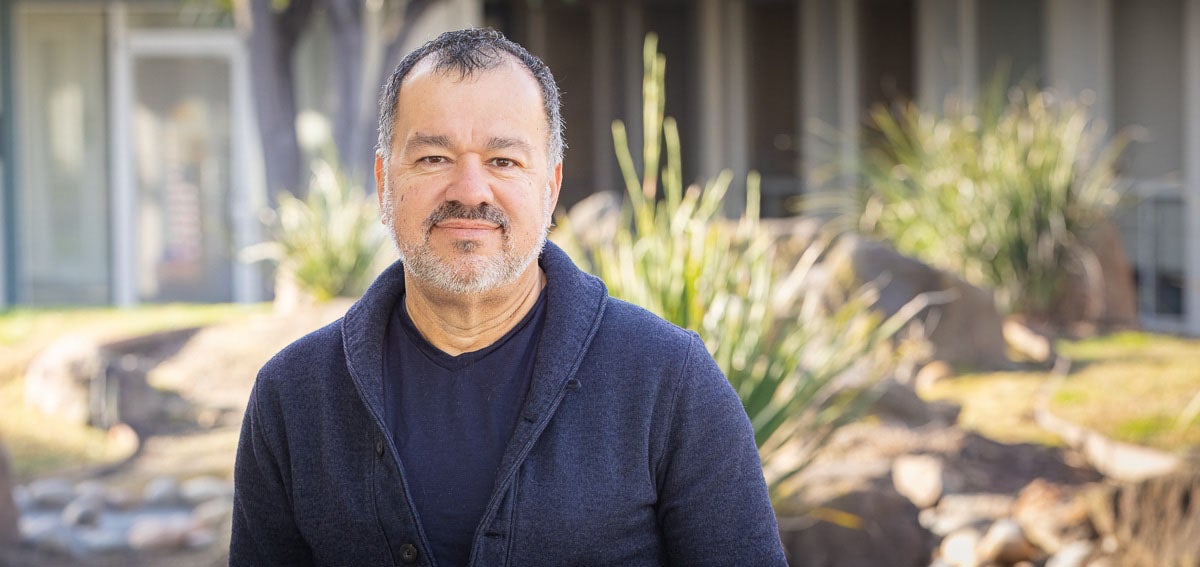In 2017, the California Department of Health Care Services — recognizing that medical services only address part of a person’s overall health care status — launched the Whole Person Care pilot program. It is designed to address not just the physical health but also the behavioral health and social needs of high-cost, high-need Medi-Cal enrollees, people who often have fallen through the cracks of the safety net. The program was created under California’s Medicaid Section 1115 waiver, and it runs through December 31, 2020.
The WPC pilots are testing whether local initiatives that coordinate physical health, behavioral health, and social services — such as housing support and food assistance — can improve health outcomes while reducing medical costs. The 25 pilots in the voluntary program are mostly established by counties, and each pilot targets specific populations, including people who are homeless or at risk of homelessness and people with repeated avoidable emergency department visits.
This paper, Whole Person Care: A Mid-Point Check-In, provides insights into the implementation of the pilot program and looks at accomplishments and challenges so far.
While each WPC pilot differs in size, target populations, and interventions based on community needs, priorities, and resources, common elements include:
- Community Health Workers: These key team members improve outreach and provide care coordination to WPC enrollees.
- Service Navigation Centers/Support: Some pilots are creating information hubs to help enrollees connect to services.
- Reentry Transitions: Pilots focusing on the reentry population work closely with corrections departments, probation, courts, and the local county jail system to improve transitions when people are released from jail.
- Housing Supportive Services: Providing tenancy support to help WPC enrollees find housing placements and stay in their new homes for the long term.
- Medical Respite/Recuperative: Helping homeless enrollees who are too sick to be on the street, but not sick enough to be admitted to the hospital.
- Sobering Centers: Providing a safe recovery space for intoxicated people who are homeless.
A major success of the WPC program has been the development of both intragovernmental and external partnerships. Through the mission of the program and the resources dedicated to building care, lines of communication were created and partnerships begun or strengthened.
The WPC pilots faced significant challenges in developing data-sharing agreements. Those that have successfully navigated this process describe having the ability to share and act on enrollee health data as a “game-changer.” Still, many pilots face different interpretations among county counsels, health plans, and other partners. On the technical side, different groups often use different information technology platforms. Developing interoperable platforms that could work across all partners can be prohibitively expensive.





